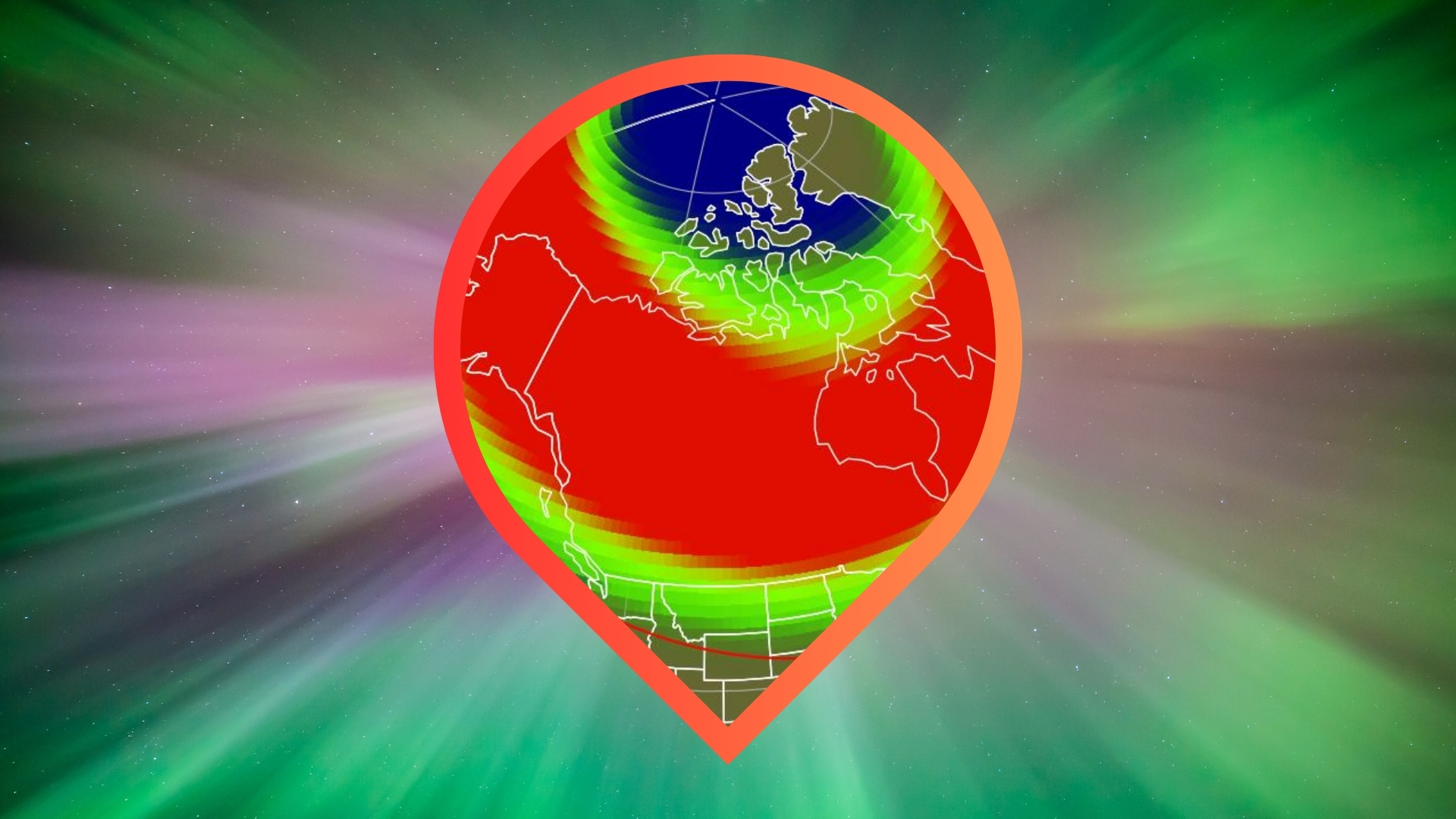Work Remains for NASA's Culture Change
LAKE BUENA VISTA, Fl. - NASA's efforts to address humanspaceflight risk while preparing for future exploration made significantstrides this year, but much work remains to be done, space agency risk expertssaid Tuesday.
NASA riskmanagers, workers and former astronauts agreed that the space agency has madeheadway in improving management-level communication across its various centers,though additional time is needed for those changes to filter down to the workerlevel.
"It doesn'tnecessarily translate down to our level, below the management level," SharonThomas, a technical assistant with the International Space Station (ISS)program integration office at Johnson Space Center (JSC), told a panel ofagency managers during NASA's Risk Management Conference 2005. "There's nobuy-in at the grassroots level because we may not have had a chance toparticipate."
ChristopherScolese, chief engineer for NASA and head of its safety-minded TechnicalAuthority, said the space agency has been adjusting its organization toreflect its mandate to return astronauts to the Moon safely by 2018. Butanswering what that adjustment means to the individual agency worker is vitalto the process, he told SPACE.com.
Reducingthe risks of shuttle and ISS flights to astronauts has been a driving force forNASA since the loss of the Columbiaorbiter and its STS-107crew in 2003. Columbia investigators later citedfaults in NASA's internal culture as a contributor in the fatal mishap.
Someevidence of a progress in NASA's bid to change its internal culture surfacedduring the space shuttle Discovery's STS-114 mission this summer,which marked the agency's first post-Columbia accident orbiter flight, NASAofficials said. During that 14-day mission, orbiter engineers spent days poringover the potential risk of a pair of protruding gapfillers from Discovery's underbelly.
"Prior toSTS-107, most people would have said the gap filler was a non-issue," saidSteve Poulos, manager of NASA's orbiter project office at JSC, adding that noless than 20 people spoke up during STS-114. "It's asked us to challenge ourassumptions, and that's key...it shows us the agency is ready to step up."
Breaking space news, the latest updates on rocket launches, skywatching events and more!
But thereis still room for improvement.
JohnTinsley, mission support division director for NASA's Office of Safety andMission Assurance, said the space agency should focus as much on the quality ofits performance and hardware as it does on safety.
"To me,it's critical for us to build a quality product because we have very complexsystems," Tinsley said.

Tariq is the award-winning Editor-in-Chief of Space.com and joined the team in 2001. He covers human spaceflight, as well as skywatching and entertainment. He became Space.com's Editor-in-Chief in 2019. Before joining Space.com, Tariq was a staff reporter for The Los Angeles Times covering education and city beats in La Habra, Fullerton and Huntington Beach. He's a recipient of the 2022 Harry Kolcum Award for excellence in space reporting and the 2025 Space Pioneer Award from the National Space Society. He is an Eagle Scout and Space Camp alum with journalism degrees from the USC and NYU. You can find Tariq at Space.com and as the co-host to the This Week In Space podcast on the TWiT network. To see his latest project, you can follow Tariq on Twitter @tariqjmalik.
